Service Equipment — Rolling Bearings and Installation
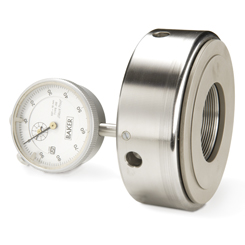
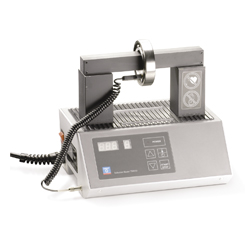
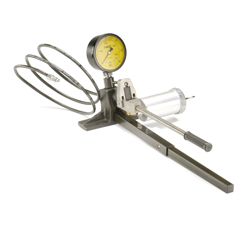
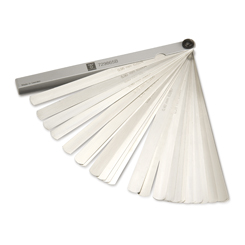
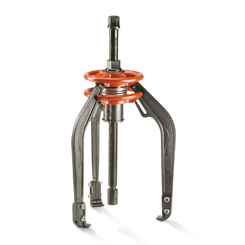
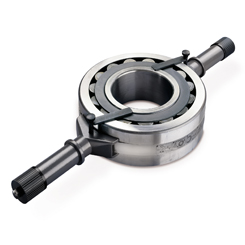
Installation
As we all know, a good end result depends not only on a good tool, but above all, on the right tool for the right purpose. In addition to the breakdown of the lubricant of a roller bearing, faulty installation is the most common cause of bearing failure. The bearings then do not reach their planned service life and often unsatisfactorily fulfill the desired performance. The results include high operating noise, troublesome behavior of the shaft and housing, and an excessive rise in temperature; the consequences are equipment failure and loss of production.
Many of these problems could be avoided if the correct tools were used for mounting the bearings. A couple of simple examples: plastic impact sleeves - they spread the installation forces between the inner and outer bearing rings and prevent mounting forces being transferred by the rolling elements, or we can take installation wrenches for self-aligning ball bearings as an example - they ensure that the correct tightening torque is adhered to without the bearing clearance becoming so small that the bearing runs under preload. But the bearing is nevertheless securely fixed.
The best part: tools like these help save lots of time!
Monitoring
Even for cost reasons alone, preventing production downtime is a high priority for all companies. It is therefore sensible to monitor roller bearings whilst running. There are many possible ways of doing this: everything from temperature sensors to stethoscopes with headsets to the compilation of an overall evaluation of sound frequencies in the unit. In this way, damage to roller bearings can be diagnosed with high accuracy and repairs and machine stoppages can be planned carefully. Because our motto is "trouble-free operation", we will always provide you with everything you need, including access to our skill derived from 60 years of practical experience and thousands of bearing mountings!
Disassembly
Sooner or later, the working life of every bearing will end and it will have to be replaced. Even when the bearing is no longer going to be used, correct disassembly is very important in ensuring that the durability of the replacement bearing is not shortened unnecessarily. By using the correct disassembly tools, it is possible to prevent damage to the shaft, housing and other machine components so that these components can be used again as needed. Furthermore, incorrect disassembly also poses the risk of injury.
Quite apart from all of these considerations, careful disassembly is the basis for correct damage analysis afterwards.
Rolling bearing lubricants
Even the very best rolling bearings can only fulfil their function with the correct lubrication. The basic question which the design engineer must ask is whether the bearing should be lubricated with oil or with grease. As the lion's share of the bearings is lubricated with grease, we will only say a few words about grease lubrication here. In the case of oil lubrication, please refer to our other separate information dedicated to this.
The selection of the right lubrication process, i.e. the right grease, and introducing the right (clean) amount to the bearing at the right time, all play a critical role.
About 36% of premature bearing stoppages can be attributed to insufficient lubrication. For example, multi-use greases can do more harm than good when used for certain applications. Due to the frequency of bearing malfunctions and due to operating conditions, special attention should be paid to the selection of the right lubrication grease.
Rolling bearing lubrication grease helps bearings to operate faultlessly and allows them to fulfil their function for a long period of time in a reliable fashion, even in difficult conditions. It also helps to protect the bearing area from impurities and corrosion and to absorb shocks, if applicable. The selection of the right lubrication for a specific type of bearing is decisive in whether the bearing functions for its full life expectancy.
The most important criteria for the selection of a suitable lubricant are the size of the bearing, the operating temperature, the operational rotation speed and the bearing load, but also the desired length of use and the lubrication intervals, the consistency, the appropriate temperature range and the reaction when exposed to water etc...
We will be happy to advise you in these matters.